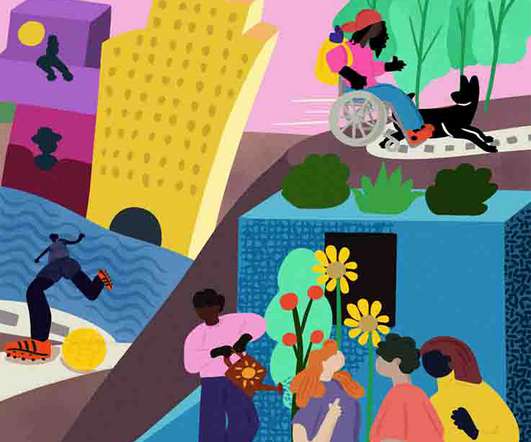Safety First: CEO Grows Organization, Leads Communities By Doing The Right Thing
Fundraising Leadership
NOVEMBER 18, 2022
Women in law enforcement in the U.S. “ Women in #law #enforcement in the U.S. Recruiting and hiring more women for law enforcement roles can help meet the growing demand. With barriers often called the “brass ceiling” for women in law enforcement, Chan Shue’s successful career at NYPD and beyond is noteworthy. “












Let's personalize your content